Election 2024: Tánaiste urges people to brave the weather to cast their vote
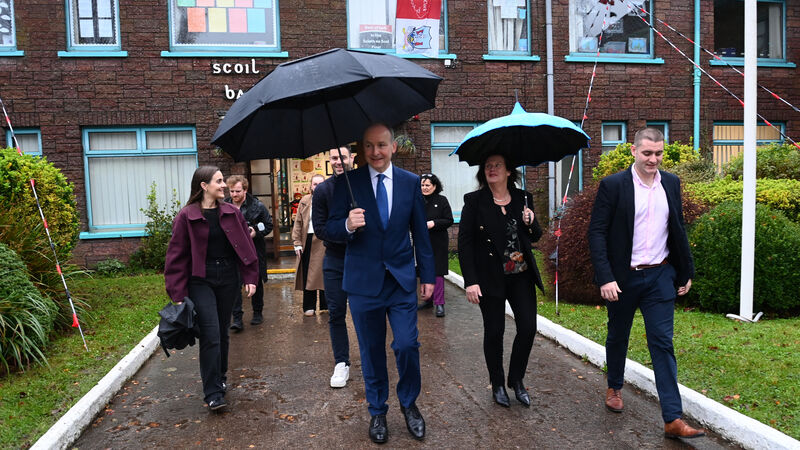
Micheál Martin, Tánaiste and leader of Fianna Fáil leaves St Anthony's school after voting with his wife Mary and children Micheál Aodh, Cillian and Aoibhe. Picture: Larry Cummins
Tánaiste Micheál Martin has urged voters to brave the weather and to cast their vote in the general election.
The Tánaiste said the rainy weather was “a great pity” but that there had been bad weather on polling days before.
“It’s not a good weather day but we’ve had these before in different elections and people still turn out to vote,” he said after voting with his family at his local polling centre in Ballinlough.
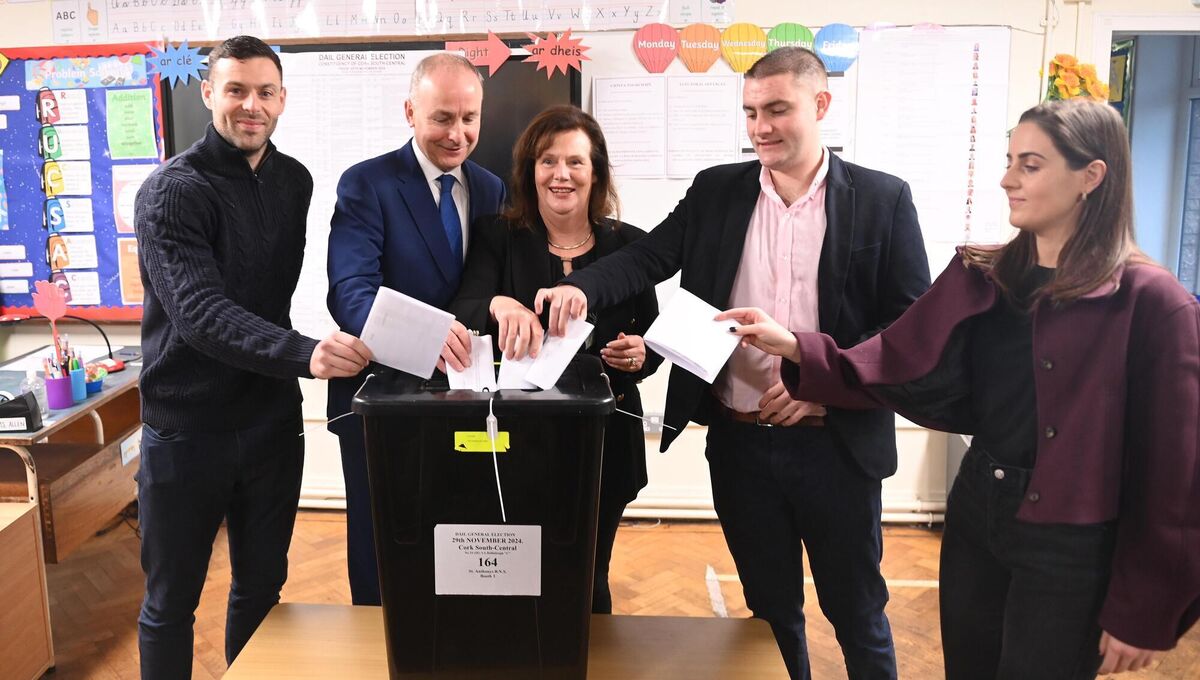
Asked whether a fractured or unclear outcome could see another poll being held in 2025, Mr Martin said: “I think that’s something we clearly do not want to do, but it’s in the hands of the people.”
Mr Martin said he was “cautiously hopeful” of the outcome of what he called a “close fought” election battle.
He said his Fianna Fáil party had a “stronger team” than they had in the 2020 election, when they came back with 38 seats.
Asked will he sleep tonight before count day tomorrow, he said “oh I will yeah”.
Asked if he has any rituals on count day, Mr Martin said “I take it easy”.
“I’ll have a very good breakfast tomorrow morning, and I tell everyone not to come near me until about midday,” he said.
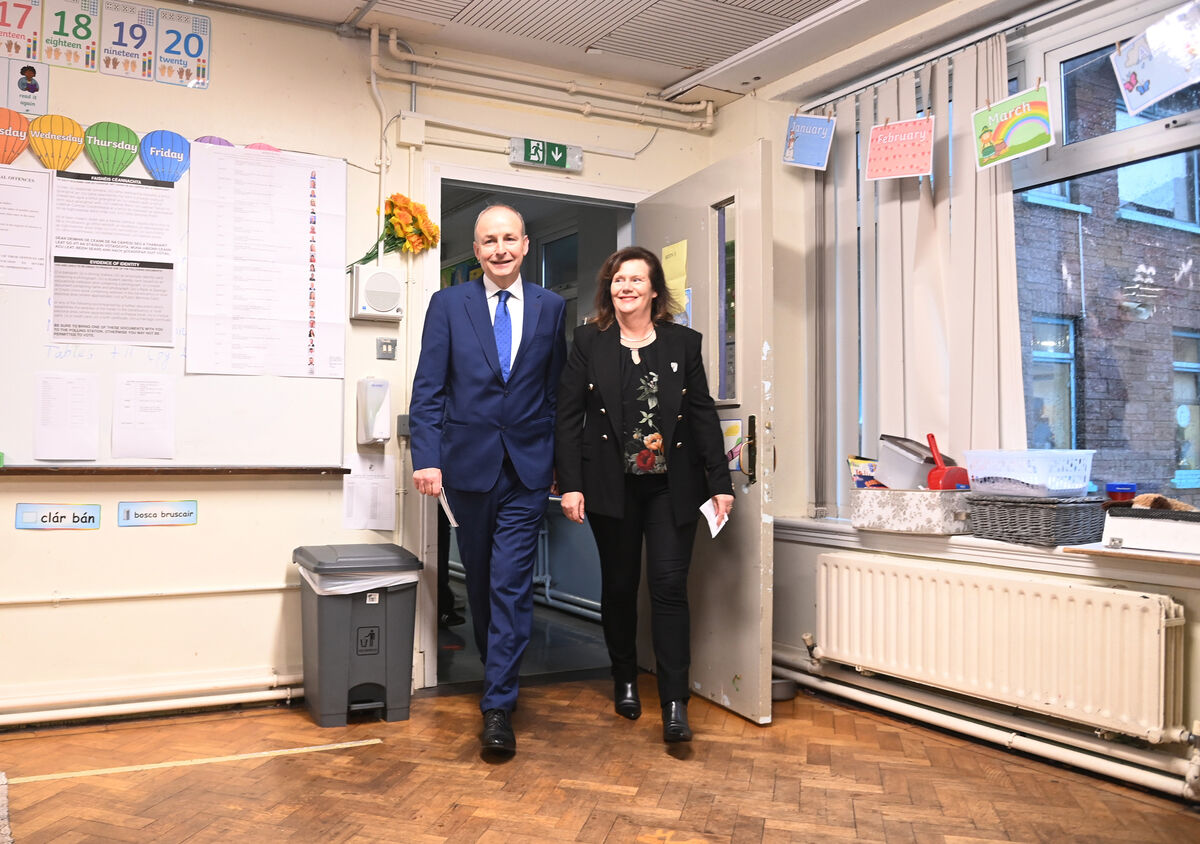
“I don’t want to hear a tally from the 44th box, no point. I can go over all that later.
“I will probably go into town and do a few things, go to Douglas market maybe.
“Then in around midday, 1pm maybe, depending when the tally will be finished, head to the count centre, and it’s very familiar ground for me, Nemo Rangers, and I’ll enjoy that.
“Maybe that’ll be a good omen,” he said, referring to the fact that his son Micheál Aodh plays football for Nemo Rangers GAA club.
Elsewhere in the country, Taoiseach Simon Harris said he expects a “fascinating couple of days” after he submitted his ballot minutes after polling stations opened.
The Taoiseach said that where transfer votes would go – a key part of Ireland’s proportional representation with a single transferrable vote system (PR-STV) – would decide the make-up and stability of the next government.
The Fine Gael leader arrived at the polling station at Delgany National School in Co Wicklow just before 7.30am with his wife Caoimhe and their children, Saoirse, five, and Cillian, three.
“I’m feeling really hopeful, hopeful in terms of the election, but hopeful for the future of our country,” he said.
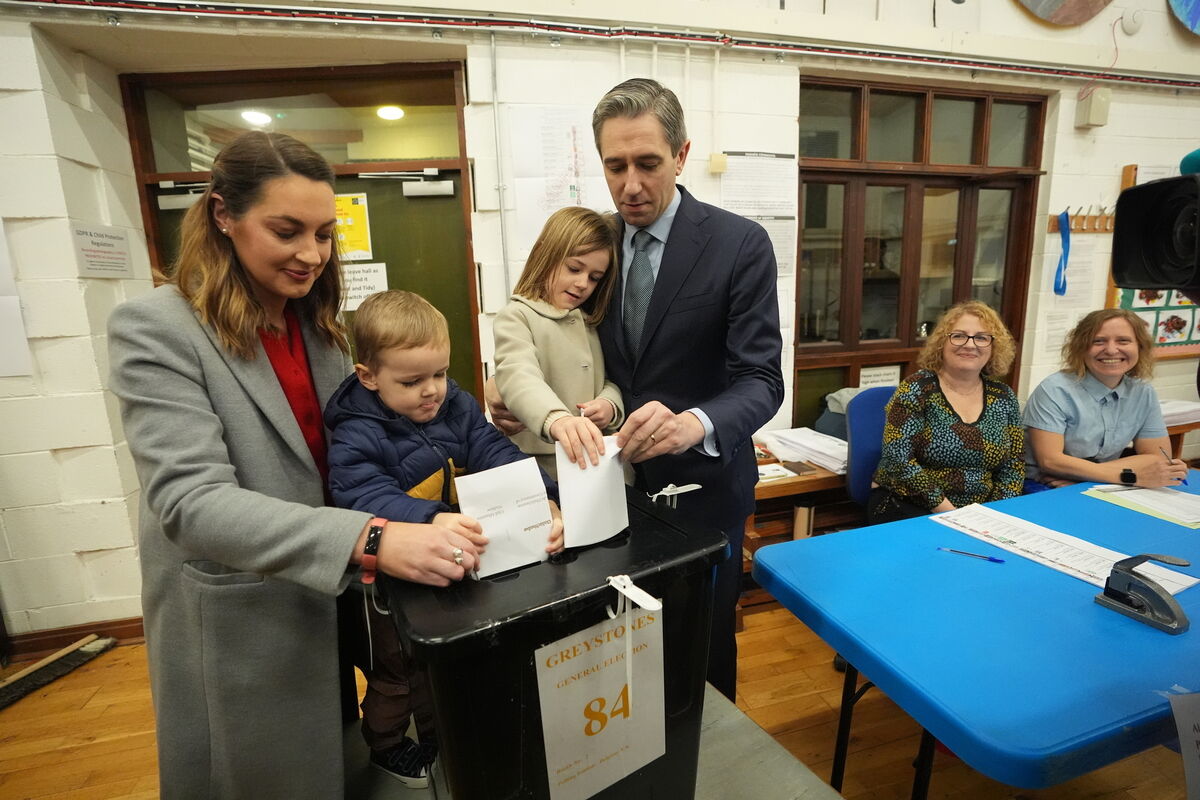
The latest poll, a Red C-Business Post survey, shows support for Fianna Fáil unchanged at 21%, only slightly ahead of its coalition partner, Fine Gael, which is down two percentage points at 20% and now tied with the largest opposition party, Sinn Féin, which has gained two.
Asked whether he was glad the election campaign was over, Mr Harris said he enjoyed the campaign and enjoyed making a pitch for his vision for the country’s future.
The polls opened at 7am and will close at 10pm, with a total of 174 seats in the country’s parliament to be filled – more than ever before.
More than three million registered voters will pick their representatives across 43 constituencies, in a campaign that has focused on the country’s housing crisis, the response to a dramatic increase in immigration, and economic management for the cost of living as well as potential future trade shocks.

After the 2020 general election delivered an inconclusive result, Fine Gael and Fianna Fáil, two parties forged from opposing sides of Ireland’s Civil War of the 1920s, agreed to set aside almost a century of animosity and share power.
Sinn Féin won the popular vote in 2020 but a failure to run enough candidates meant it did not secure sufficient seats in the Dáil to give it a realistic chance of forming a government.
This time around, party leader Mary Lou McDonald fielded many more candidates in a vow not to repeat past mistakes, as she urged voters to elect a government of change without Fine Gael or Fianna Fáil.
An exit poll at 10pm will provide the first sense of what the next government may look like.
The arithmetic to form a majority could prove tricky, though, with several smaller parties – and many independents – potentially jockeying for a place in government.
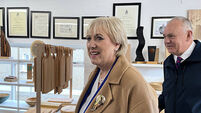
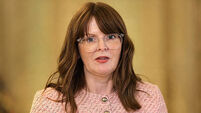
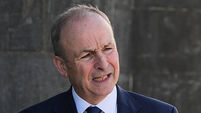
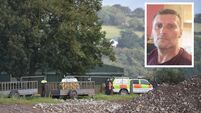
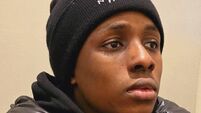
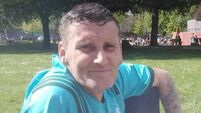
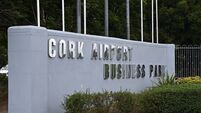


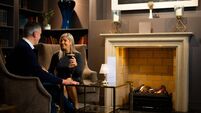
 App?
App?


